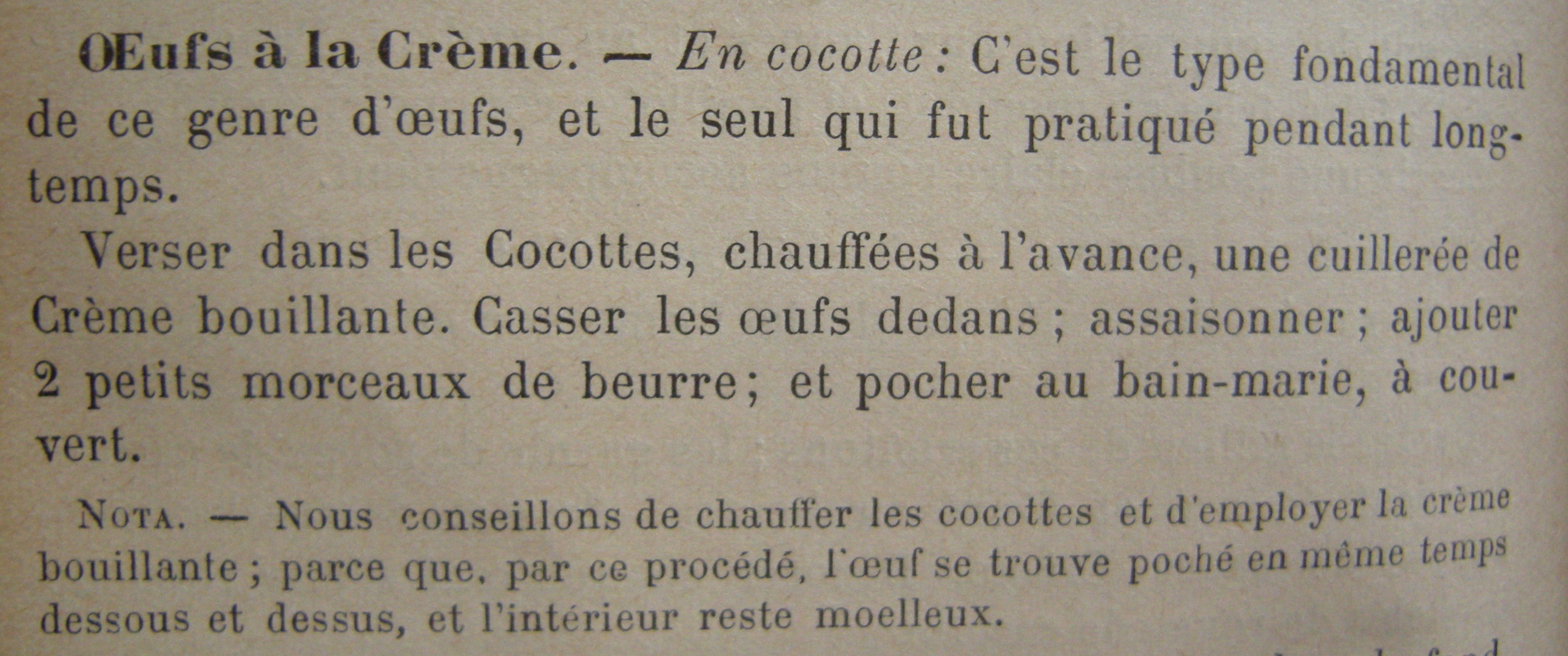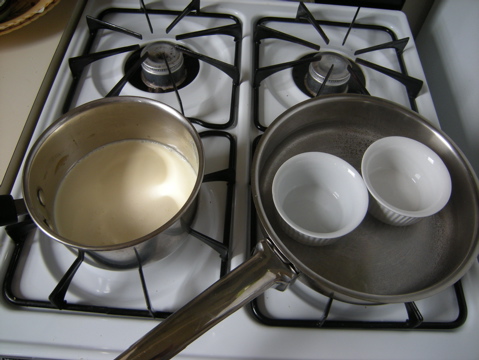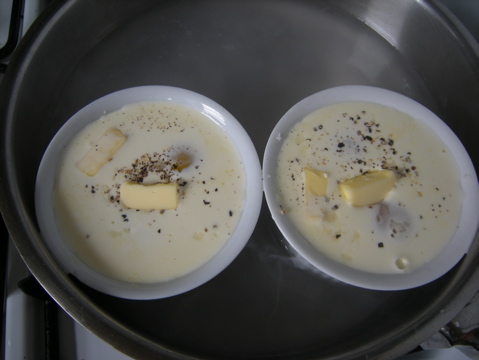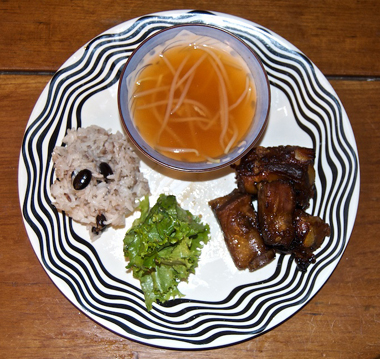
I am nominating Eero Ruuttila and Liana Eastman (from Nesenkeag Farm, Litchfield NH) as Farmers in Chief!
If you wonder what I am talking about you must read Michael Pollan excellent article published in the New York Times Magazine : Farmer in Chief and/or listen to Michael Pollan interview on Fresh Air.
Pollan article is an open letter addressed to: Dear Mr. President-Elect
“As most of us already know the next president’s food policies, will have a large impact on a wide range of issues, including national security, climate change, energy independence and health care”.
Indeedy! If you follow my blog you know that I was at Nesenkeag Farm Day last week end.
I will try to keep the account of the event concise, but the colors, tastes, warmth, inspirations are still so vivid that I am having a hard time sorting out what to write.
The trip started by collecting a few things to bring to the farm:
Spicy olives from Aunt Alime’s Halal meat market in Bay Ridge & a big Balthazar Pain de Seigle.
Then I met Simon Pettet at the Fung Wha bus terminal and we hopped on the bus to Boston. The conversations and the gorgeous colors of nature made the 4:30 hours ride go like a flash. Once in Boston we transfered to North Station via subway where we caught (almost didn’t) the train to Lowell. It was my idea to have cocktails to make good use of the 20 minute wait… we barely made it to the train but broke a big sweat and had great laughs. Pierre (Joris) was waiting for us at the Lowell station and we drove to our destination: Nesenkeag Farm in Litchfield NH.
We were greeted by Erick Ruutilla, the bright and handsom younger son of Eero and Liana; the farmers still had many errands to run to get ready for the next day. We settled ourselves in the house, opened wine, beer, bread, olive, cheese, did a little cooking prep until the farmers arrived for a splendid dinner of -never so fresh- stir fry greens, bacon & potatoes. After dinner we took a walk on the farm grounds. The night was bright & cold under an 89% Full Hunter’s Moon. While Lydia the dog takes a swim in the Merrimack river -Thoreau stopped here in September 1839, see One week on the Concord and Merrimack Rivers- we watch the reflections and Eero tells us about the three “one hundred years floods” he experienced in the last eighteen months, the damages he had to face and how red clover is a better green manure/cover crop for climate change. I was fast asleep when I hit the sack, the warm wooden fire took me away in minutes.


When I got up Saturday morning everybody was buzzing around getting things in motion for the visitors. My assignment was to make a Turnip and Potato Gratin. Liana and Karen -the catering coordinator for the event- provided me with a recipe that I loosely followed because I had to make it for a bigger crowd. Pierre assisted in the cooking and Simon peeled potatoes.

Nesenkeag Turnip and Potato au Gratin:
5 medium Yellow Finn or Russet potatoes
10 medium turnips
Butter/Salt/Pepper
2 cups of grated Dubliner cheddar or Swiss
2 cups of Heavy Cream.
Preheat oven to 375ºF
Peel & slice potatoes & turnips (only if skin is tough) 1/4 inch thick.
Butter the sides & bottom of dish.
Layer potatoes and turnips seasoning each layer and dividing the cheese.
Pour cream, cover with the rest of the cheese, disperse small nuggets of butter on top. Bake uncovered for about 40 minutes & rotate the dish if your oven cooks unevenly.
The gratin was for the evening gathering so we headed back to the event location for the -daylight- farm tour and delicious food cooked by the Cambodian farm workers that have their imprint all over the farm. I particularly liked the sour chicken soup. Then came poetry & music. The readers were Nancy Henry and Joseph Torra. Nancy read funny personal poems and Joe, after treating us with a few Chinese farm/food related poems, lifted us off to Boston; the intensity of his performance was a true act of deterritorialization. Then Vincente Lebron, Russ Gershon and their friends accompanied the sunset to Latin rhythm. The next day was Chef’s Day. Nesenkeag Farm delivers their gorgeous veggies to the best Boston & New Hampshire restaurants (click here for list). One of the chef brought a 150 lbs pig that he smoked all night long. Another restaurant owner barbecued Lamb Kofte that he served in warm pita bread with stewed shredded tomatoes, yogurt sauce and a dash of mint oil on top. That was so tasty! Then there were salads, soups, wines, cider, pies, apples to die for…and the company. Poets, farmers, musicians, chefs, young people, older people all mingled and feast. Eero’s older son Jesse brought a horde of young brooklinites that were a lot of fun to hang out with
Thank you so much Eero and Liana for the splendid and inspiring weekend.
View all pictures and video at :
https://www.nicolepeyrafitte.com/nesenkeagfarm/farm.html


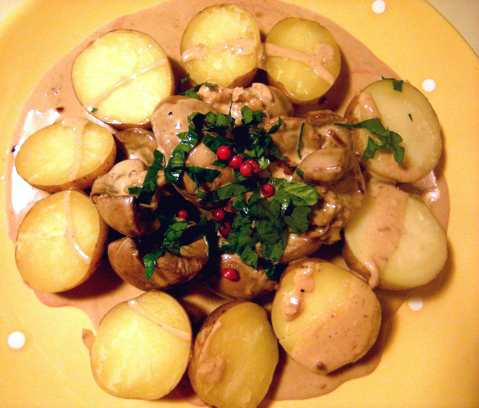
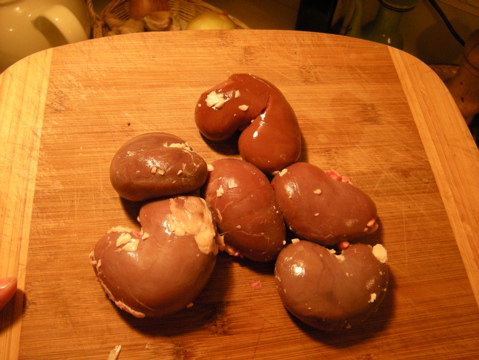
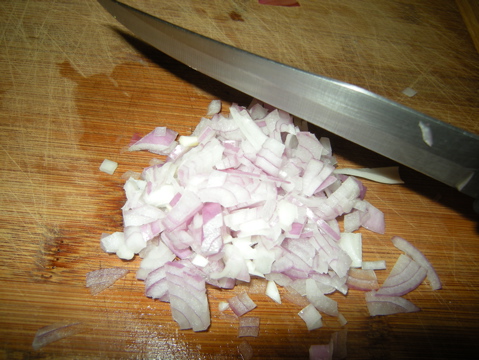
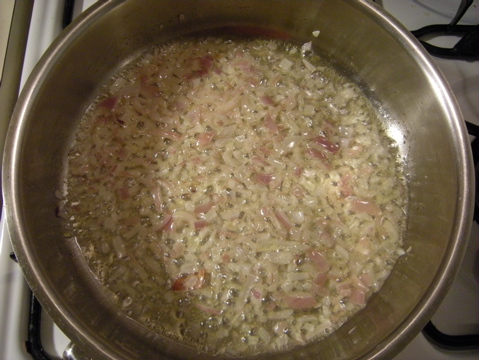
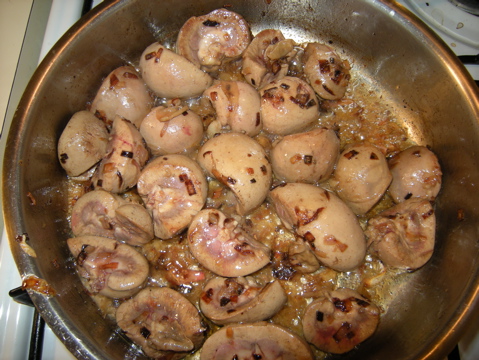
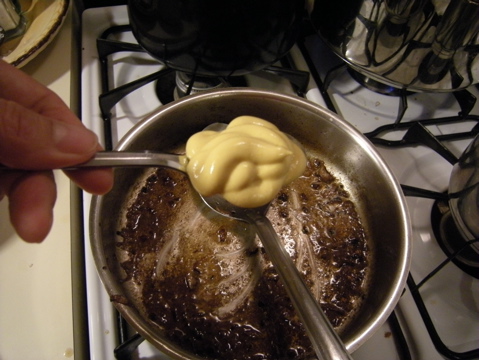
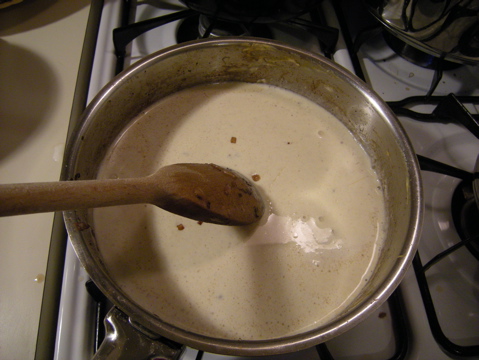
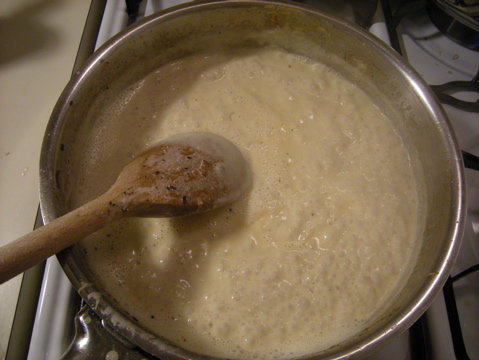

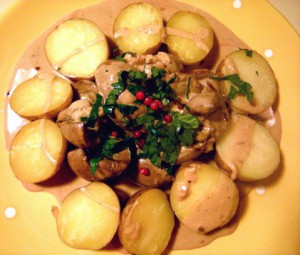
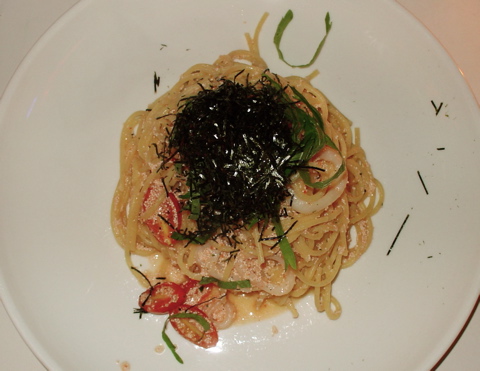

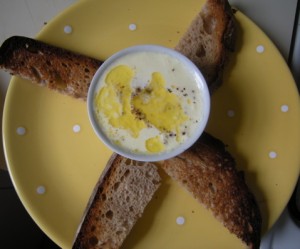
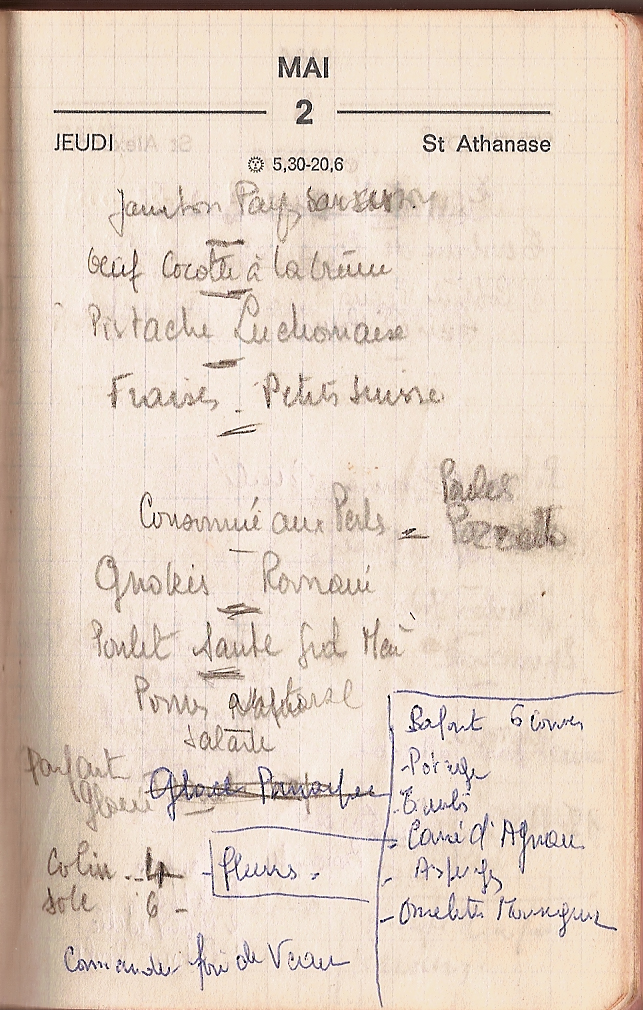 On Thursday May 2nd 1968 Oeufs Cocotte were served as the first course of the traditional five courses lunch menu. As you can see this lunch did not lack proteins!
On Thursday May 2nd 1968 Oeufs Cocotte were served as the first course of the traditional five courses lunch menu. As you can see this lunch did not lack proteins!